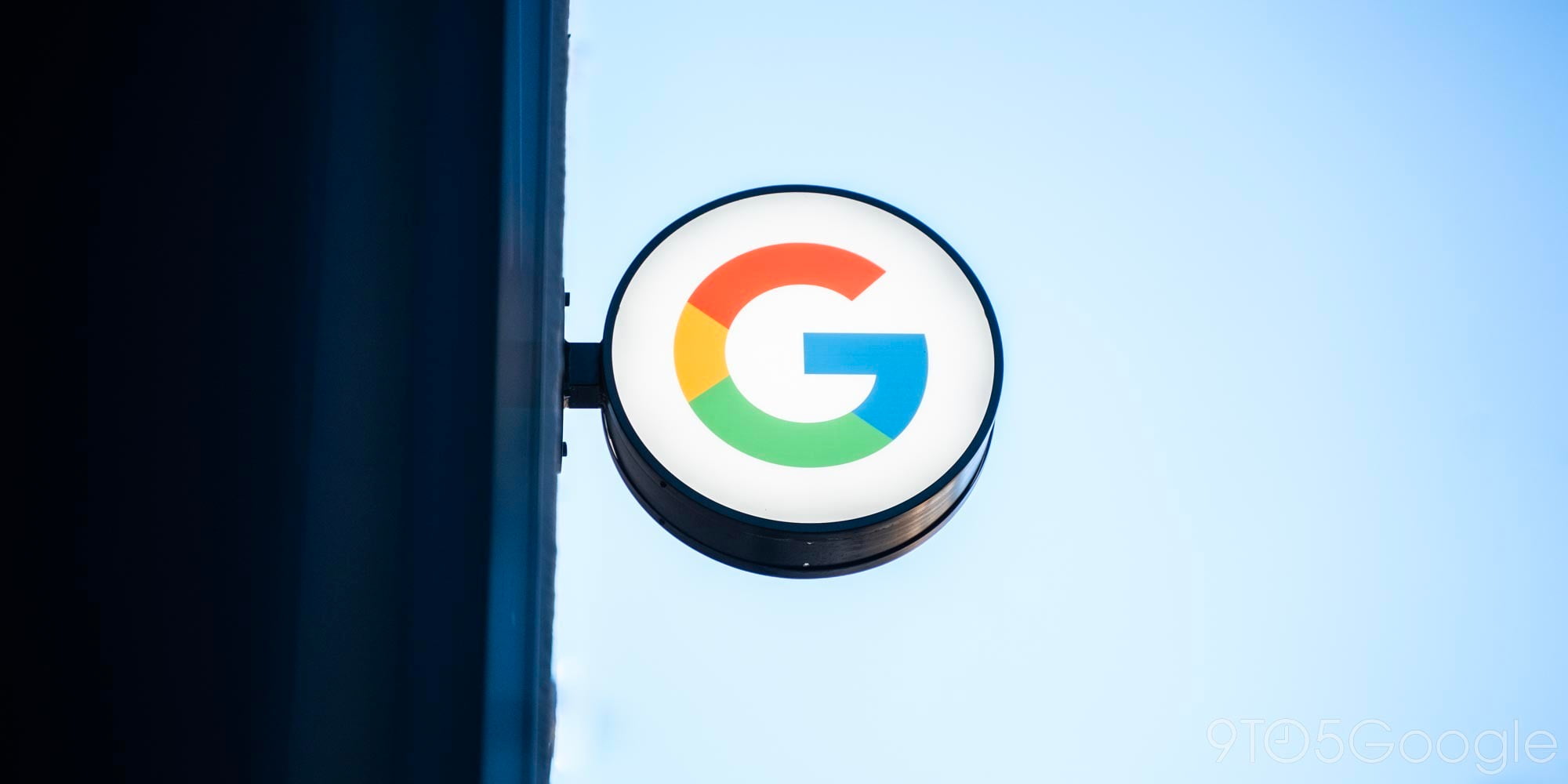
When you upload a video to YouTube, the site processes each frame individually and passes them through an algorithm to try and find a few of the best to be your video’s thumbnail. You get to pick between the ones it chooses, or you can upload your own. And while many YouTube creators opt for the latter option, those who aren’t as dedicated usually just go with whatever frame the site chooses.
Now, thanks to deep neural networks, the algorithm that picks the best frames is much more powerful…
To train the new quality model algorithm, Google gave it some “positive examples” (like images pre-made by creators, or frames with the subject clear and center), and some “negative examples” (which were just randomly chosen, often blurry frames from YouTube videos):
The new algorithm compares frames in your videos to these to decide which are best using deep neural networks. This visual quality model solves a problem that Google calls “binary classification.” Given any frame from the YouTube video you’re uploading, the algorithm decides if it is high quality or not.
Google says that good frames on YouTube are typically “well framed, in-focus, and center on a specific subject,” and that the frames produced by the new DNN-powered algorithm were preferred in more than 65% of side-by-side ratings done by humans. Here are some examples of frames determined low quality, versus those that the algorithm determined are high quality:
Google says that the new “thumbnailer” (the part of YouTube that scans and picks these frames) with the new algorithm was “recently launched,” so you should start seeing it right now over at YouTube.com.
In other neural network news of late, SwiftKey this morning launched the first neural network keyboard for your phone.
FTC: We use income earning auto affiliate links. More.







Comments